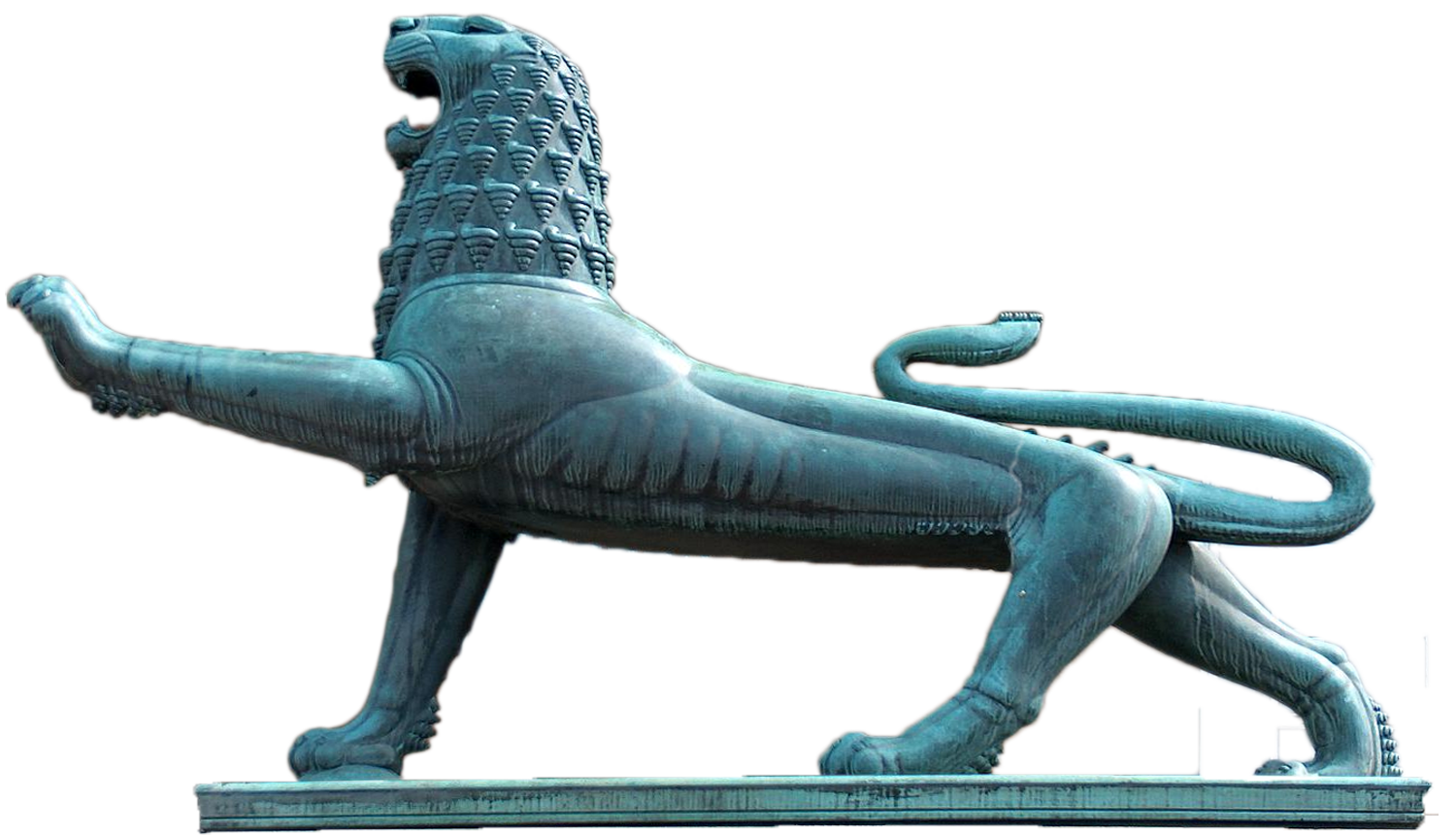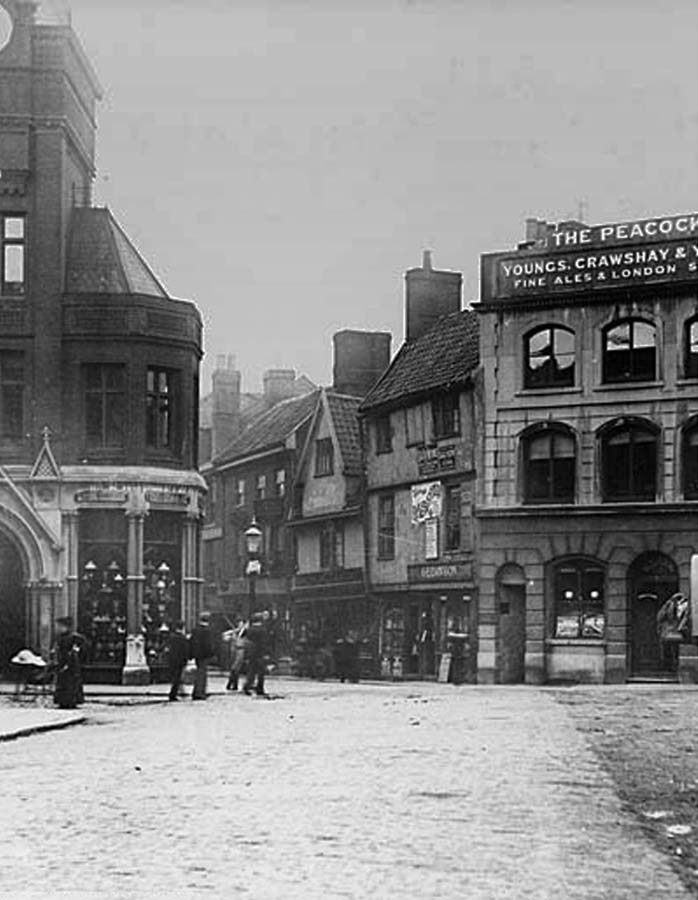Frances &
Michael
Holmes


It is often possible to look at photos of Norwich in the 1890s and immediately recognise the scene – this is not the case on Red Lion Street. Many will be aware that the west side of the thoroughfare, the home of Curls Department store, was refashioned after it was destroyed in 1942 by the Luftwaffe. What is less well known is the redesign that took place to accommodate the City’s new tram network. Photos of Red Lion Street taken c.1898 depict an unimpressive narrow thoroughfare. Even in 1896, long before any decision had been made to install tram tracks, the editor of the Eastern Daily Press received a letter from a reader suggesting the street be widened by the simple means of wholesale demolition: ‘… there are no very expensive properties on the east side to be purchased and I have no doubt that the owners would meet the corporation very fairly when the question of compensation arose; as the houses, when rebuilt on the widened roads, would be worth the higher rentals.’ The suggestions made in this letter were subsequently taken up by the Norwich Electric Tramways Company when they built the City’s tramways. In fact, they even went one step further, and by demolishing the buildings located in the triangle between Red Lion Street, Little Orford Street and Rampant Horse Back Street, created a tram terminal named Orford Place (see earlier post for full details). By 1898 all the buildings on the east side had been demolished and the street widened to some 40 feet. Once cleared and widened, not only were tram lines installed, but the street was transformed, when two of the City’s leading architects, George Skipper and Edward Boardman, were commissioned to design a run of stupendous new buildings. A photo taken c.1905 shows the impact of this Victorian makeover which resulted in the creation of ‘a really fine street’ – one that is still recognisable.
